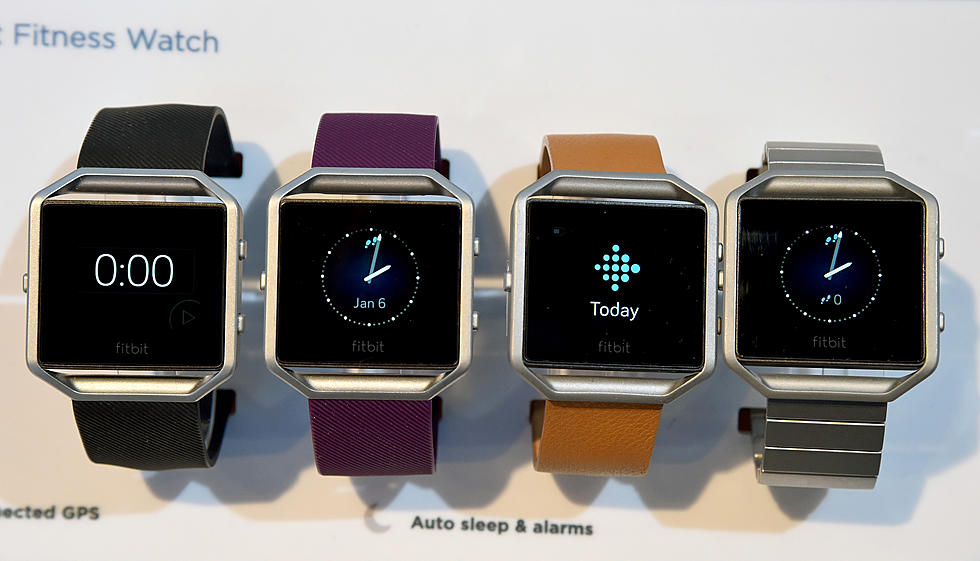
Are 3D Printed Steaks Coming to Louisiana Grocery Stores and Restaurants?
Steaks are a delightful meal option, even if current prices are a bit on the high side. No matter what your favorite cut is, there are few things that really beat a good, well-cooked (Note: I said "well-cooked" not "well-done") steak.
Especially when cooked over a wood fire, but I digress a bit.
But we all have a certain vision that pops into our heads when we think about steaks. It's a huge hunk of meat, sometimes with a T-shaped bone, crossing char lines, and a good crust. Heck, that description might have made you hungry already. What we don't get a vision of with the idea of steaks, however, is this.
That is Arik Kaufman, the CEO of Steakholder Foods, a food science company that is using advances in technology and biomedical sciences to create steaks using real meat derived from animal cells. They can, according to Kaufman, separate the cells into muscle and fat cells and then "print" the steaks.
Here's CNN's full story on the phenomenon.
3D Printed Foods Aren't New
The practice of using 3D printers to create food isn't new, but using them to create actual meat instead of meat substitutes is unique.
According to the website All3DP, the use of 3D printers to create food has been around for a while. However, it's more for the design than for cooking.
Food 3D printers are mostly suited for architecting intricate shapes and designs, not actually cooking the ingredients. Usually, the edibles are either ready for consumption or will be cooked in an external oven (or grill) once the 3D printing process is finished.
There are some exceptions, of course. The PancakeBot is a machine that only makes pancakes, or rather pancake art, by extruding the batter directly onto a hotplate. It still requires someone to flip it, but everything else is done on the same machine.
But their website primarily shows 3D-printed desserts. Some companies have been printing meat substitutes, and their use has been spreading, particularly in Europe.
Coming To A Steakhouse Near You?
Currently, there don't appear to be any plans to export the processes to steakhouses nationwide, but it is probably a matter of time. One of the reasons meat can be expensive is the rising costs of raising, feeding, and processing the animals. But what Steakholder is offering is a way to create the meat without all that - meaning that it could increase the supply of meat in the marketplace, which would bring down costs.
How much will it cost? Well, Steakholder is still largely in the developmental phase and is still looking for investors.
LOOK: 20 American foods that raise eyebrows outside of the US
Gallery Credit: Charlotte Barnett
LOOK: Food history from the year you were born
Gallery Credit: Joni Sweet
More From News Talk 96.5 KPEL









